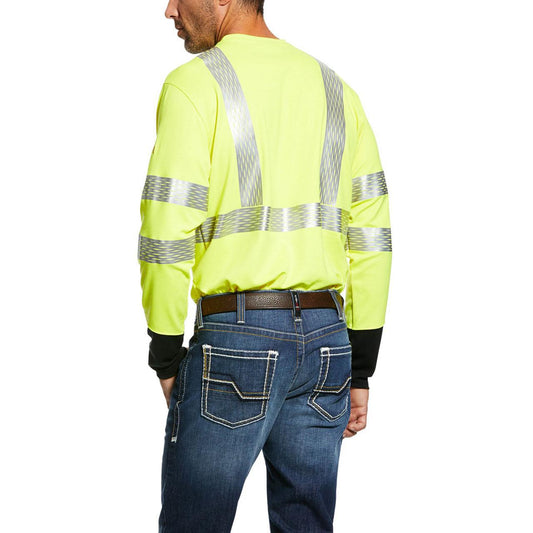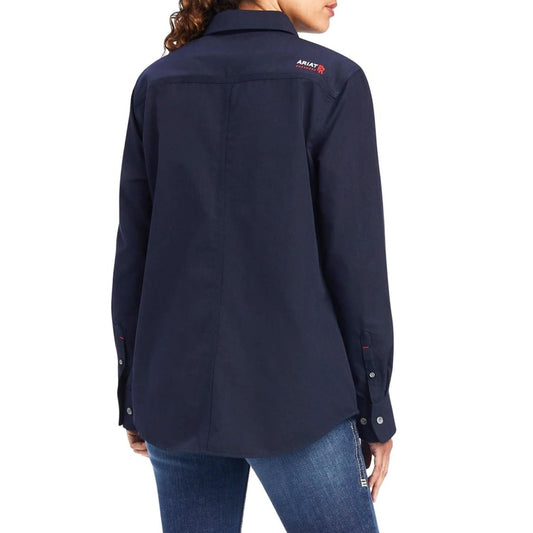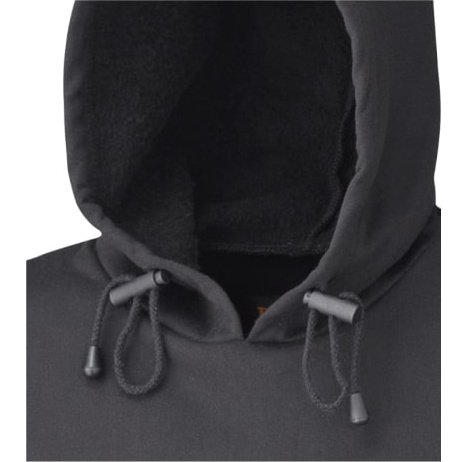Collection: Flame Resistant / FR Clothing
Flame Resistant / FR Clothing is a cornerstone of safety apparel and Wei's is proud to carry a premium selection of this PPE personal protective apparel. From top to bottom, we can outfit you with everything you need to stay as safe and comfortable as possible.
Want to learn more about FR Clothing? Be sure to read our FR Clothing Laundry Care Checklist.
hello
-
Ariat
Ariat Men's Flame Resistant Hi-Vis LS T-Shirt Yellow
Regular price From $309.95 CADRegular priceUnit price / per -
Ariat
Ariat Women's Flame Resistant Oakley Retro Fit Snap Work Shirt
Regular price $199.95 CADRegular priceUnit price / per -
Carhartt
Carhartt Men’s Shirt FR Flame Resistant Lightweight CAT
Regular price $134.95 CADRegular priceUnit price / per -
Ariat
Ariat Men’s Work Bib Overalls Flame Resistant Insulated
Regular price From $509.95 CADRegular priceUnit price / per -
Ariat
Ariat Men's Work Jacket Hi-Vis Flame Resistant Modacrylic Vernon
Regular price From $489.95 CADRegular priceUnit price / per -
Ariat
Ariat Women's Work Shirt Flame Resistant Featherweight Navy Work Shirt
Regular price $169.95 CADRegular priceUnit price / per -
Helly Hansen
Helly Hansen Men's Pants Flame Resistant
Regular price From $119.95 CADRegular priceUnit price / per -
Helly Hansen
Helly Hansen Shirt Flame Resistant
Regular price From $119.95 CADRegular priceUnit price / per -
Helly Hansen
Helly Hansen Unisex Pullover Flame Resistant Softpile Hooded
Regular price $259.95 CADRegular priceUnit price / per -
CAT
CAT Men's Work Boot Granite Insulated CSA Steel Toe - Clearance
Regular price $99.95 CADRegular priceUnit price / per$199.95 CADSale price $99.95 CADSale -
Carhartt
Carhartt Women’s Hoodie FR Flame Resistant Heavyweight Zip Front
Regular price $364.95 CADRegular priceUnit price / per -
Pioneer Safety Wear
Pioneer Safety Unisex Hoodie FR Flame Resistant Pull Over
Regular price $179.95 CADRegular priceUnit price / per -
Carhartt
Carhartt Men’s Work Shirt Flame Resistant Force Long Sleeve
Regular price From $119.95 CADRegular priceUnit price / per -
Dickies
Dickies Men's Work Shirt Jacket Flannel Fleece Hooded Quilted
Regular price $72.95 CADRegular priceUnit price / per -
IFR
IFR Ultrasoft Flame Resistant Hi-Vis Yard Vest
Regular price From $139.95 CADRegular priceUnit price / per -
Wrangler
Wrangler Women's Flame Resistant Mid-Rise Bootcut Jean In Crosshatch
Regular price $114.95 CADRegular priceUnit price / per



























